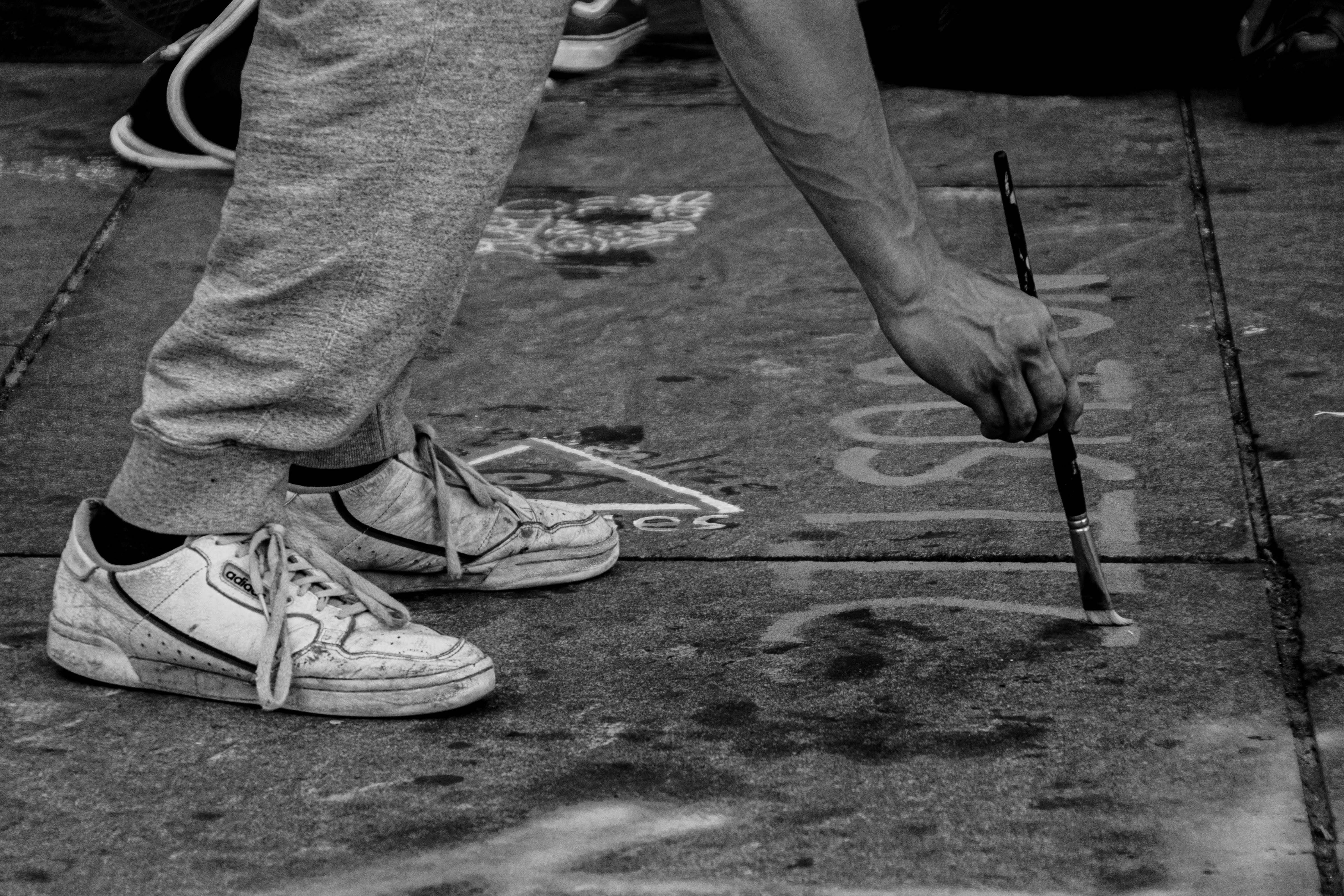High college costs have led millions of students in the United States to obtain large loans to finance their education. According to the College Board, the price of attending a public four-year university has risen 27% above inflation in the past five years. To break it down further, costs are up 24% at community colleges and 13% at private universities.
According to USA Today, student loans topped $100 billion four years ago for the first time, and the following year, outstanding student loans topped $1 trillion for the first time and have remained at that astronomical level. Between 2004 and 2012, aggregate student loan balances nearly tripled due to a growing number of borrowers and higher balances per borrower. Unfortunately, nearly 17% of borrowers are delinquent on student loan payments, according to the Federal Reserve Bank of New York.
While many college students get high-paying jobs after graduation and start paying off those student loans, others can’t. Although the economy has recovered somewhat since the recession of 2008 and 2009, unemployment or underemployment is still a big problem. Weak job markets and stagnant earnings weigh heavily on graduates. Often the burden of student debt accumulates in mortgage, credit card, medical or other debt. In some cases, the only way out from under that mountain of debt is to file for bankruptcy.
Individuals can file for bankruptcy under two chapters of the Bankruptcy Code. Chapter 7 is known as liquidation and involves the sale of all assets to help pay off money owed to creditors. Chapter 13 is known as reorganization and involves creating a plan to pay creditors.
While filing for bankruptcy can help clean the slate for many debtors, the burden of student debt is different. The Bankruptcy Code groups student loan debt with other types of debt that cannot be discharged, such as child support and criminal fines.
Until 1976, all education loans could be discharged through bankruptcy. That year the Bankruptcy Code was changed, which did not allow college loans to be canceled within the first five years of repayment. After five years of repayment, the loans could be canceled due to bankruptcy or if the borrower experienced “undue hardship.”
In 2005, Congress passed the Bankruptcy Abuse Prevention and Consumer Protection Act, which gave federal and private student loans more protection from bankruptcy protection. However, if the borrower can show the court that repaying the student loan would cause “undue hardship,” the court may find that the need for bankruptcy protection is justified and admissible.
The court uses a three-part test to determine hardship:
• It would be a hardship if you are forced to repay the loan but cannot maintain a minimum standard of living for yourself and your dependents.
• There is evidence that this difficulty will continue for a significant part of the loan repayment period.
• You made good faith efforts to pay the charge before filing bankruptcy. This usually means you’ve been paying it off for a minimum of five years.
While you are in bankruptcy, you are protected from collection activities on your student loans. However, during the bankruptcy process, your loans will continue to accrue interest, which will increase your loan balance if payments are missed.
Bankruptcy is a very complicated and lengthy process. To avoid feeling completely overwhelmed, it is wise to seek the services of an experienced bankruptcy attorney who can advise you on all of your options.

